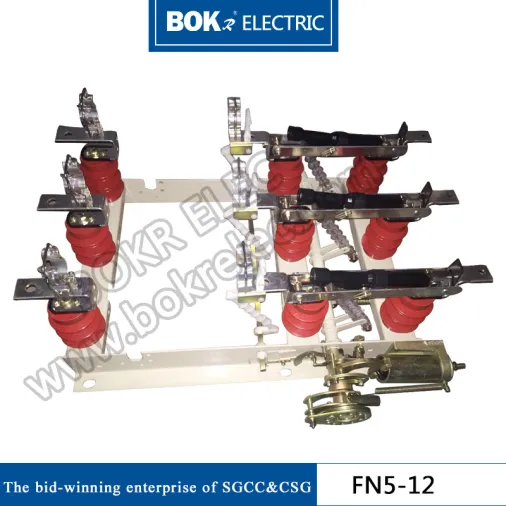Jun. 19, 2023
Electronic Components & Supplies
In the realm of electrical power distribution, medium voltage switches play a critical role in controlling and isolating electrical circuits. These switches are designed to operate at medium voltage levels, typically ranging from 1kV to 52kV, and are commonly used in industrial, commercial, and utility applications. In this article, we will explore the features, types, and applications of medium voltage switches.

Medium voltage switches are electrical devices used for controlling and interrupting the flow of electrical power at medium voltage levels. They serve as essential components in power distribution systems, enabling the safe operation and maintenance of electrical networks. Medium voltage switches are typically installed in substations, switchyards, and distribution panels.
There are several types of medium voltage switches available, each designed for specific applications and operating conditions. The common types include:
Load break switches are commonly used in distribution networks to interrupt or isolate circuits during maintenance or in case of a fault. These switches are capable of handling load currents and provide reliable switching operations.
Circuit breakers are designed to interrupt the flow of electrical current in response to abnormal conditions, such as short circuits or overloads. They provide both switching and protective functions, ensuring the safety and reliability of electrical systems.
Disconnect switches, also known as isolators, are used for the manual or remote opening and closing of circuits under normal conditions. They do not provide protection against short circuits or overloads but are crucial for isolating equipment during maintenance or repairs.
Reclosers are automatic circuit breakers that can detect and interrupt temporary faults in power distribution systems. They automatically restore power after a brief interruption, reducing the duration of power outages.
Medium voltage switches incorporate various features and components to ensure reliable and safe operation. Some key elements include:
The switching mechanism is responsible for opening and closing the electrical circuit. It can be manual, motorized, or operated remotely through a control system.
The current carrying contacts are designed to handle the rated current of the switch. They are made of high-quality materials to ensure efficient power transmission and minimize resistance.
Medium voltage switches are equipped with robust insulation systems to withstand the voltage levels they are designed for. The insulation materials provide electrical insulation and prevent arcing or flashovers.
The operating mechanism facilitates the movement of the switch contacts. It can be a spring mechanism, a motor-driven mechanism, or a combination of both.
Medium voltage switches find extensive applications in various sectors and industries. Some common applications include:
Medium voltage switches are essential components in power distribution networks, allowing for the control and isolation of electrical circuits in substations and distribution panels.
Industrial plants, including manufacturing facilities and refineries, rely on medium voltage switches for the safe and efficient operation of their electrical systems.
Medium voltage switches are used in commercial buildings, such as shopping malls, hospitals, and office complexes, to control power distribution and ensure the smooth functioning of electrical equipment.
Electric utilities utilize medium voltage switches in their power generation, transmission, and distribution systems to maintain grid reliability and enable efficient power flow.
Previous: Advantages of LiFePO4 Prismatic Cells
If you are interested in sending in a Guest Blogger Submission,welcome to write for us!
All Comments ( 0 )